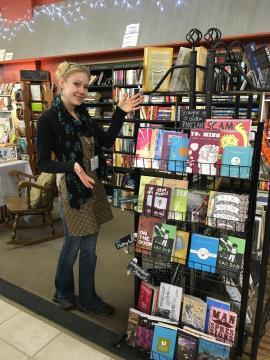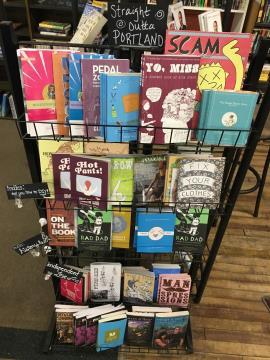Independent Publishing Love: Our Radical Friends at OR Books
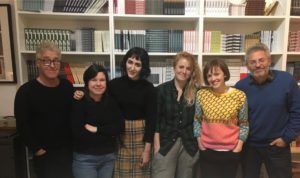 As part of our Year of Independence, we’ve been interviewing independent booksellers who we love. This month, instead of a bookstore, we’re turning to OR Books, a fellow radical independent publisher that, like us, also sells a substantial portion of its books directly to readers. That’s a relative rarity in the publishing world, where it’s the norm for every book to go through a string of distributors, wholesalers, and booksellers before making its way into your hands. We were stoked to meet these kindred spirits and immediately started gleefully conspiring to support each other… another activity that breaks the mold of mainstream publishing.
As part of our Year of Independence, we’ve been interviewing independent booksellers who we love. This month, instead of a bookstore, we’re turning to OR Books, a fellow radical independent publisher that, like us, also sells a substantial portion of its books directly to readers. That’s a relative rarity in the publishing world, where it’s the norm for every book to go through a string of distributors, wholesalers, and booksellers before making its way into your hands. We were stoked to meet these kindred spirits and immediately started gleefully conspiring to support each other… another activity that breaks the mold of mainstream publishing.
Check out their offerings, we think you’ll like them. Their recent releases include such helpful gems as Pocket Piketty and The Animals’ Vegan Manifesto.
OR Books publicity manager Natascha Uhlmann answered our questions over email.
1. What’s the story of OR Books? What matters most to you as publishers?
OR Books arose out of a desire to forge a different path for publishing—one centered around progressive politics, selling direct to consumers, and intense marketing. Our model varies pretty drastically from the standard publishing houses: we avoid Amazon and other traditional distribution methods. It allows us to sidestep some of the pitfalls of traditional publishing and focus our energies where they should be: on the book itself.
2. You are a politically progressive publisher—what does that mean to you?
It means taking on titles that are progressive, transgressive, and sometimes outright bizarre. I think we can all recall wrestling with a book that made us engage with the world in a different way—it’s a revolutionary, world changing thing, and I hope to recreate that same experience for others.
3. What are your personal favorite books from the OR backlist? Any favorites you’ve recently read from other publishers?
Extinction: A Radical History by Ashley Dawson makes the case that the environmental crisis we currently face is fundamentally tied to our economic system. Ashley traces the history of extinction and ties its catastrophic rise to capitalism’s unrelenting drive to expand.
What’s Yours is Mine by Tom Slee is a critical look at the sharing economy. He pushes back against the portrayal of platforms like Uber and AirBnb as democratic, pointing to the means by which these technologies simply shift risk onto the worker and encourages us all to settle for less.
Beautiful Trouble ed. by Andrew Boyd and Dave Oswald Mitchell is a tactical manual for radicals. It traces a wide variety of activist groups and the approaches that they have found valuable. I’ve found it to be an incredibly valuable resource throughout my organizing, and a great primer for interested younger activists.
As for others:
In Defense of Housing by David Madden and Peter Marcuse (Verso Books) explores the commodification of housing and the violence of gentrification. They highlight that housing is endemic, not incidental, under capitalism and point to the successes of several movements organizing for housing justice – and how we can learn from these.
Stuffed and Starved by Raj Patel (Melville House) is a brilliant look at the global food economy and engages with some urgent questions: How are hunger and obesity interrelated? What avenues for resistance do we have in an ever consolidating system of food production?
Body and Soul: The Black Panther Party and the Fight against Medical Discrimination by Alondra Nelson (University of Minnesota Press) explores the Black Panther Party’s fight for health justice. We as activists owe so much today to their organizational tactics, and I think their articulation of health politics greatly informs current debates around single payer activism.
4. What are the most urgent issues facing the publishing industry right now? If you could look into your crystal ball, what is the biggest piece of advice would you give to yourself and other independent publishers?
The advent of new technologies means that it’s harder to command the attention of would-be readers. That said, the field is adaptable and at the end of the day, no one walks away from a good book.
I think the best advice I can offer is to remember why we’re here: because we believe deeply in the power of ideas. To get to work on a book that may go on to shape the way someone sees the world is an incredible gift. It’s a challenging field, but an utterly rewarding one.
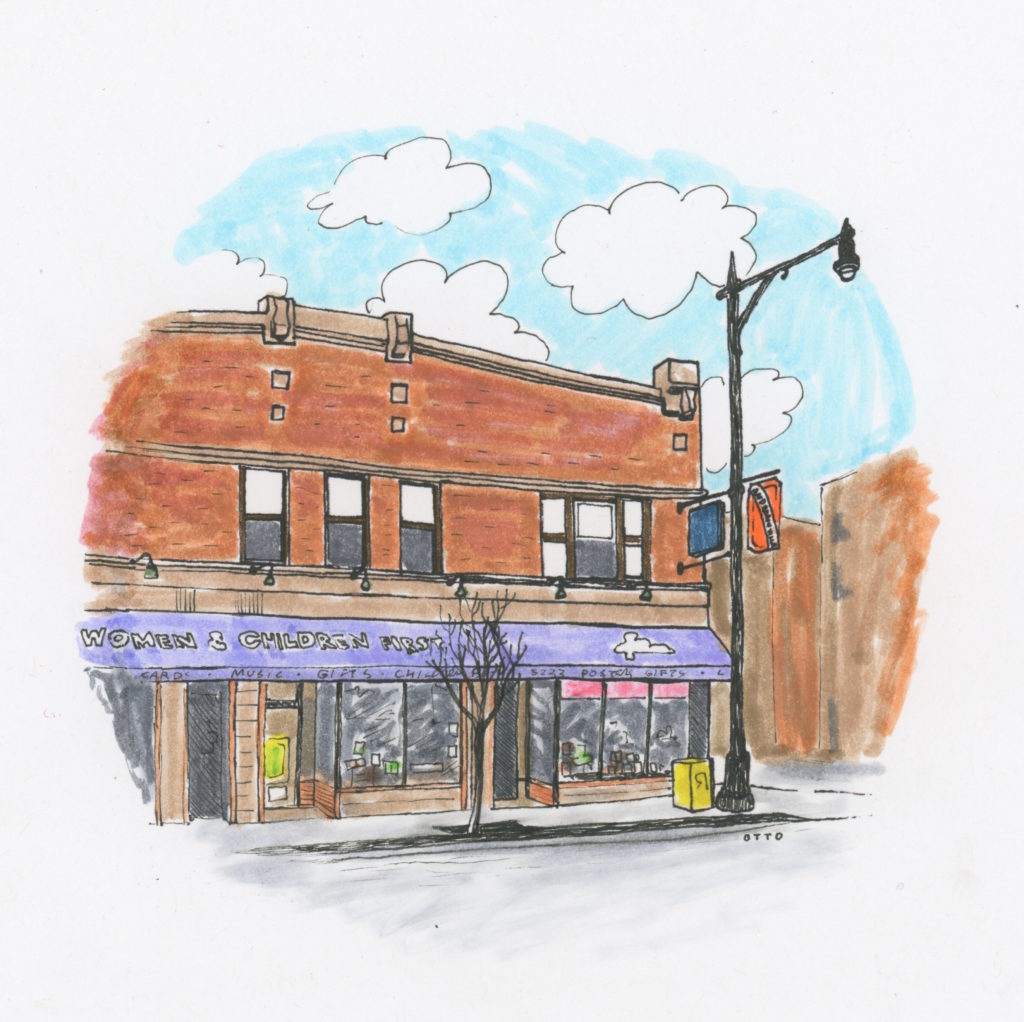
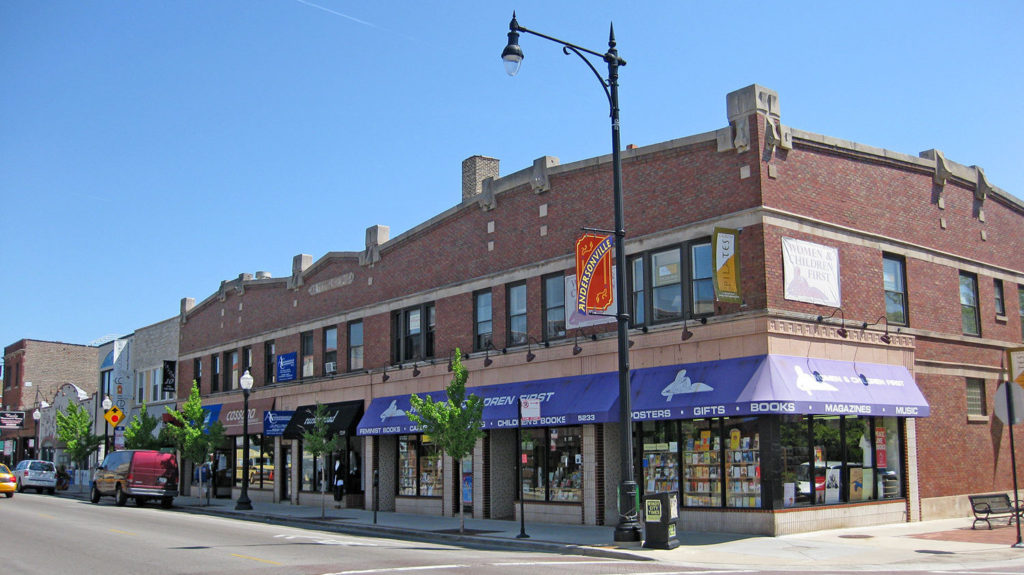
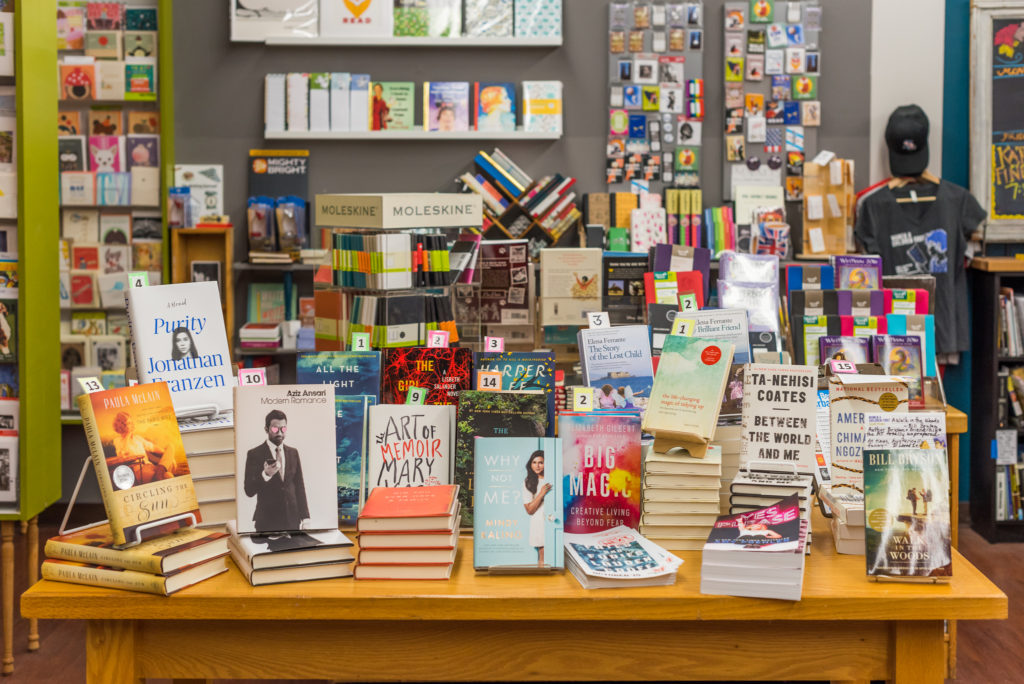
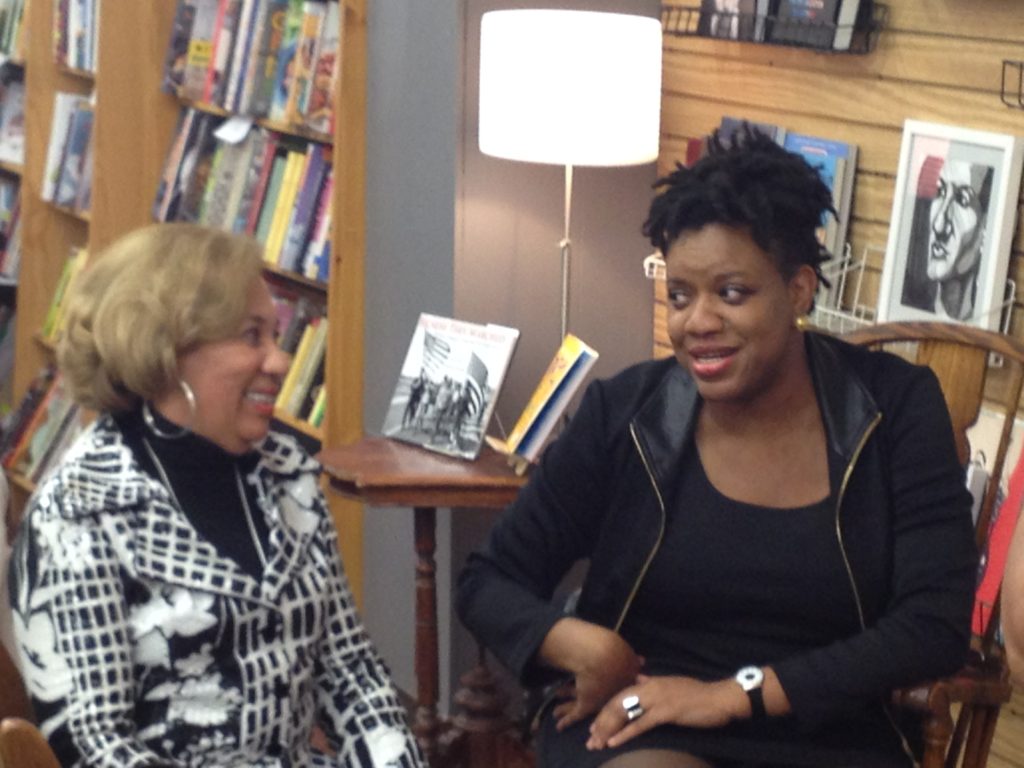
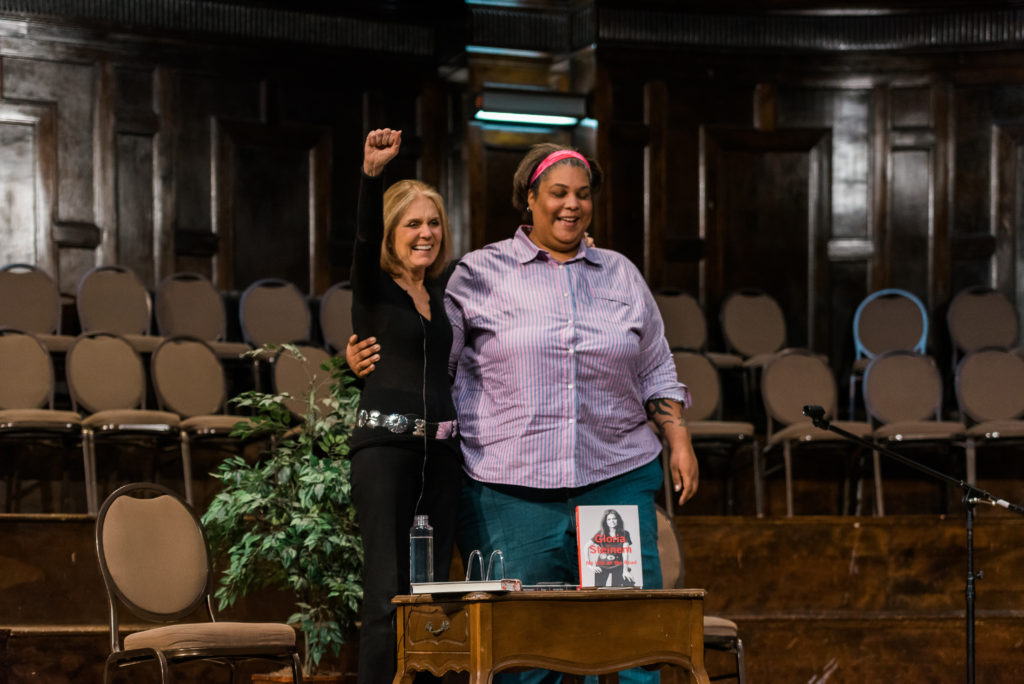
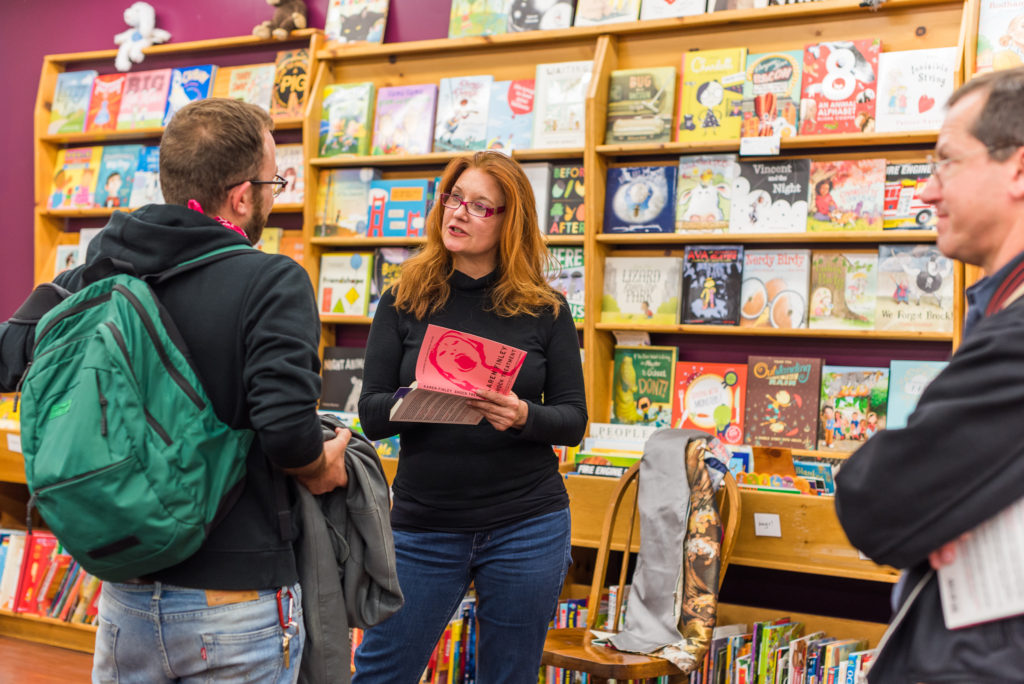
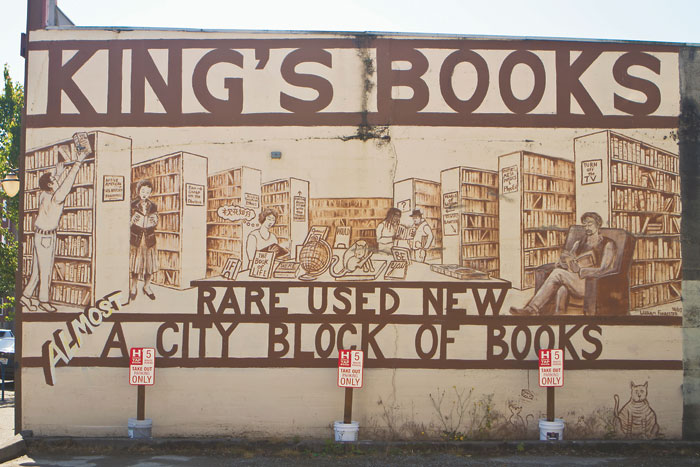
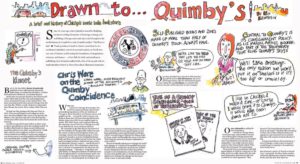

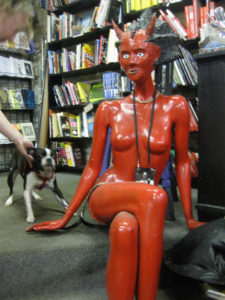
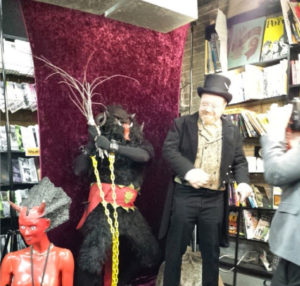
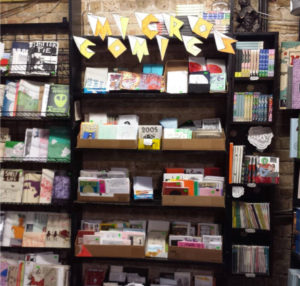
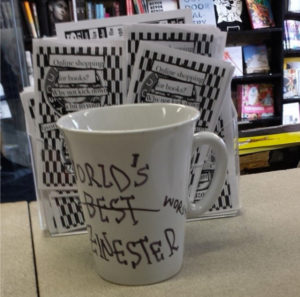
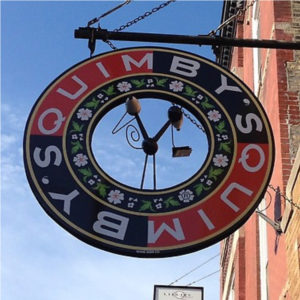
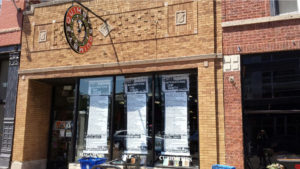
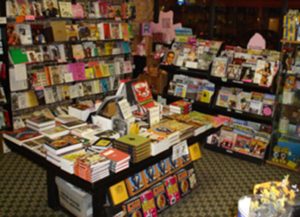
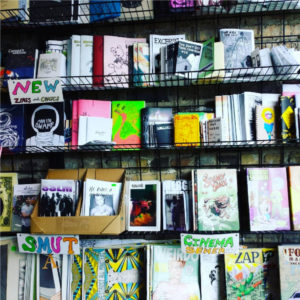
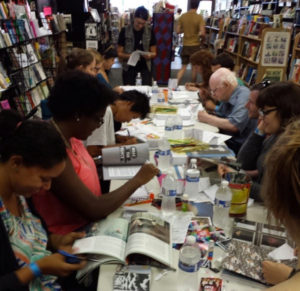

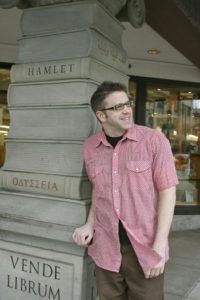
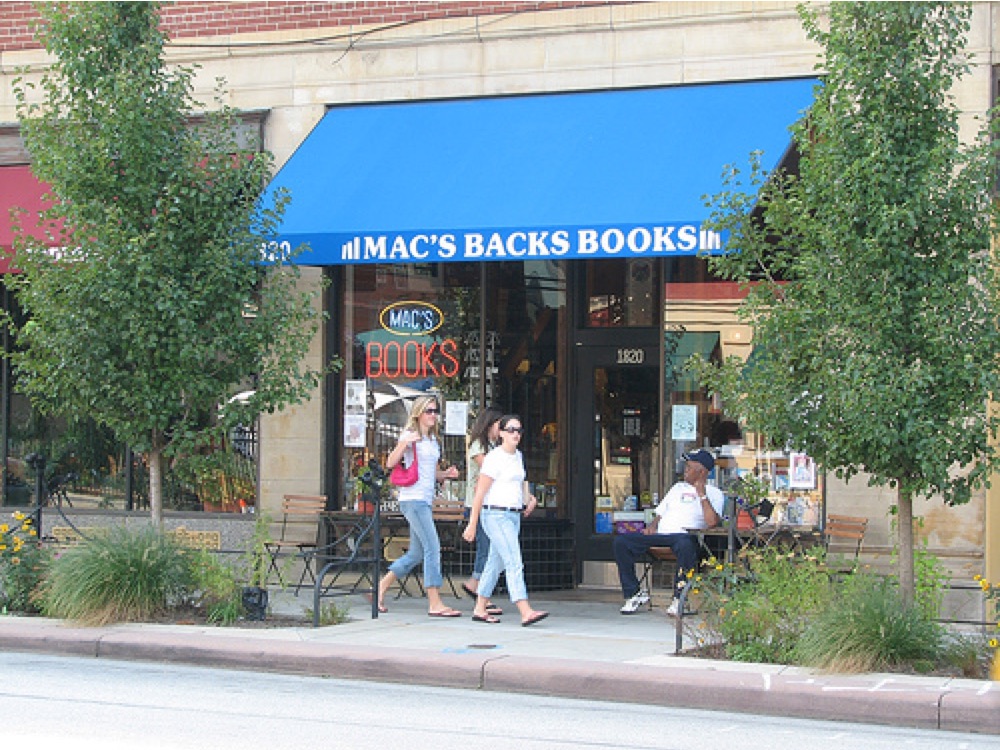
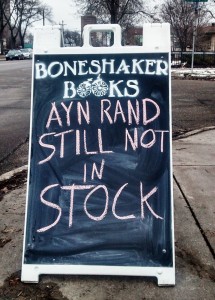
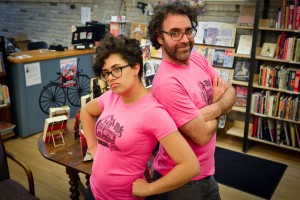
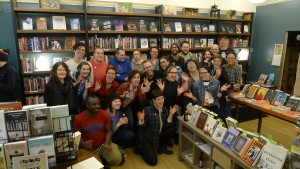
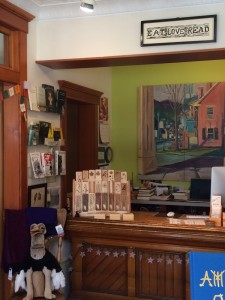
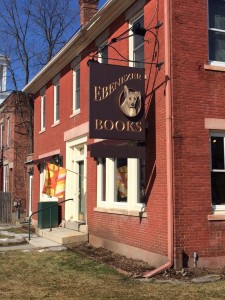
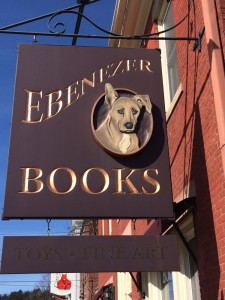
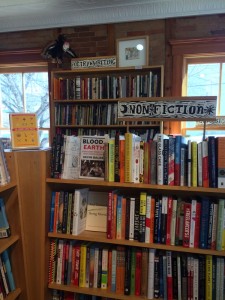
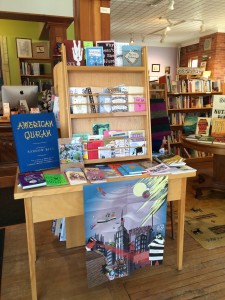
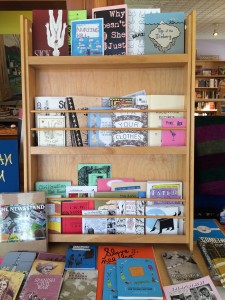
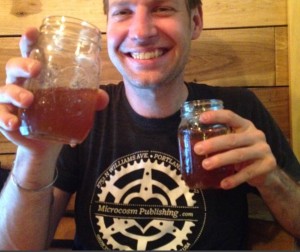
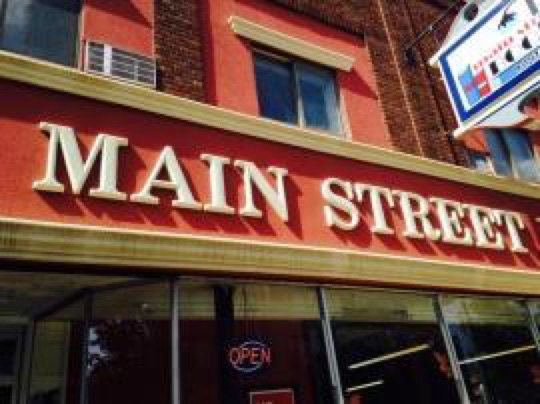 For Microcosm’s 20th Anniversary (it’s February 12th!) we decided to turn the whole year into a party celebrating the survival of indie books! Part of that is singing the praises of independent bookstores, keeping the world bookier and better for everyone. To that end, we’ll be shining our nerdy spotlight every month this year on a different indie bookstore that we love.
For Microcosm’s 20th Anniversary (it’s February 12th!) we decided to turn the whole year into a party celebrating the survival of indie books! Part of that is singing the praises of independent bookstores, keeping the world bookier and better for everyone. To that end, we’ll be shining our nerdy spotlight every month this year on a different indie bookstore that we love.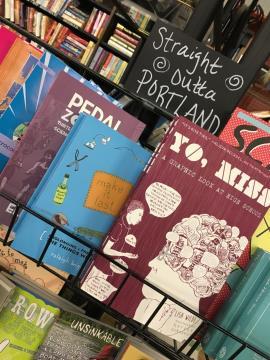 1. What’s the story of Main Street Books? When and why did it start and what’s it’s role in the community?
1. What’s the story of Main Street Books? When and why did it start and what’s it’s role in the community? 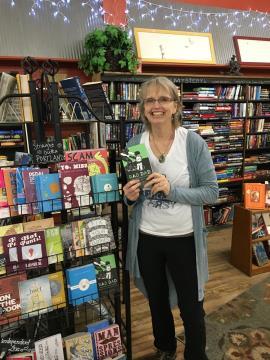 3. What’s your favorite Microcosm book?
3. What’s your favorite Microcosm book?